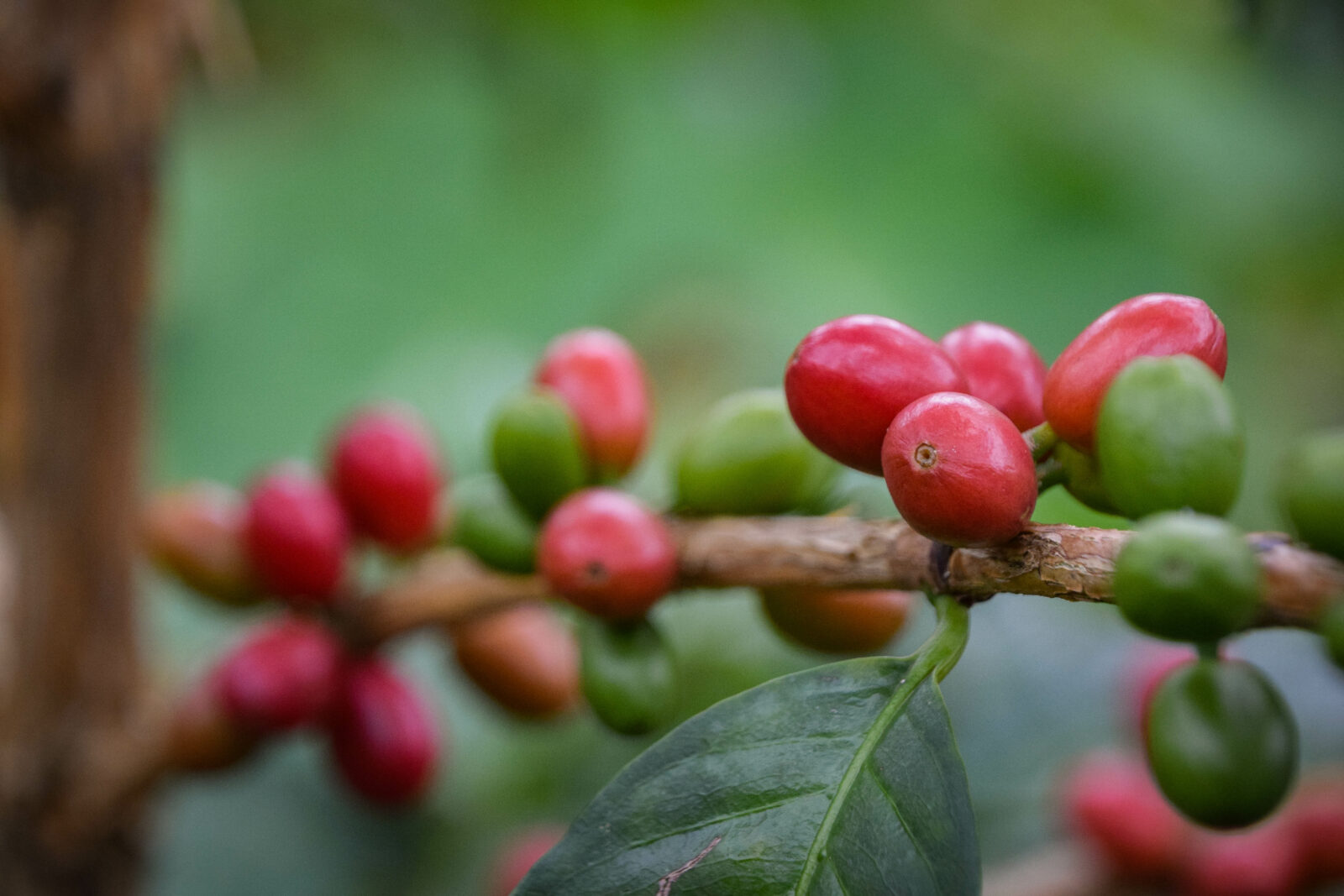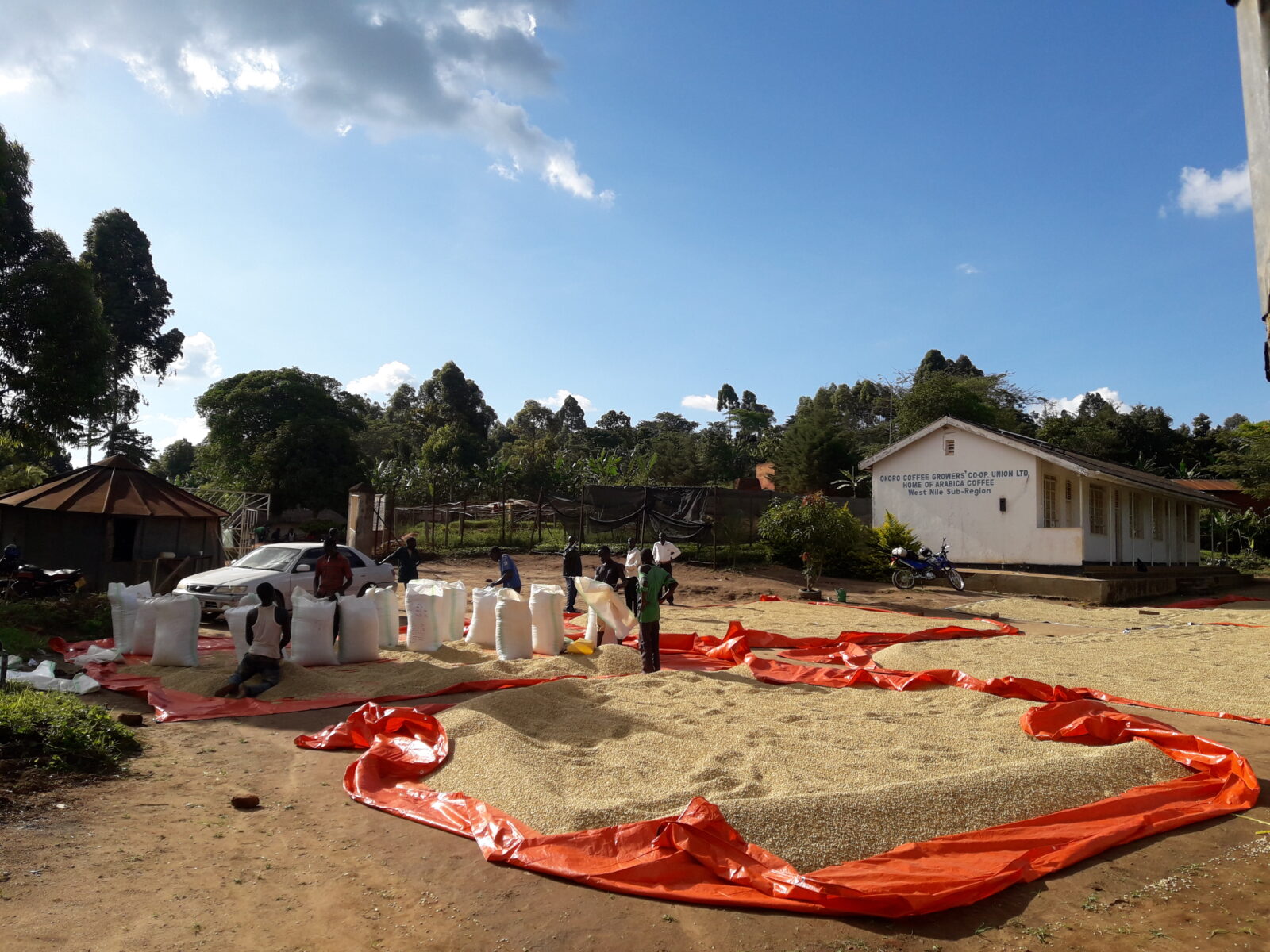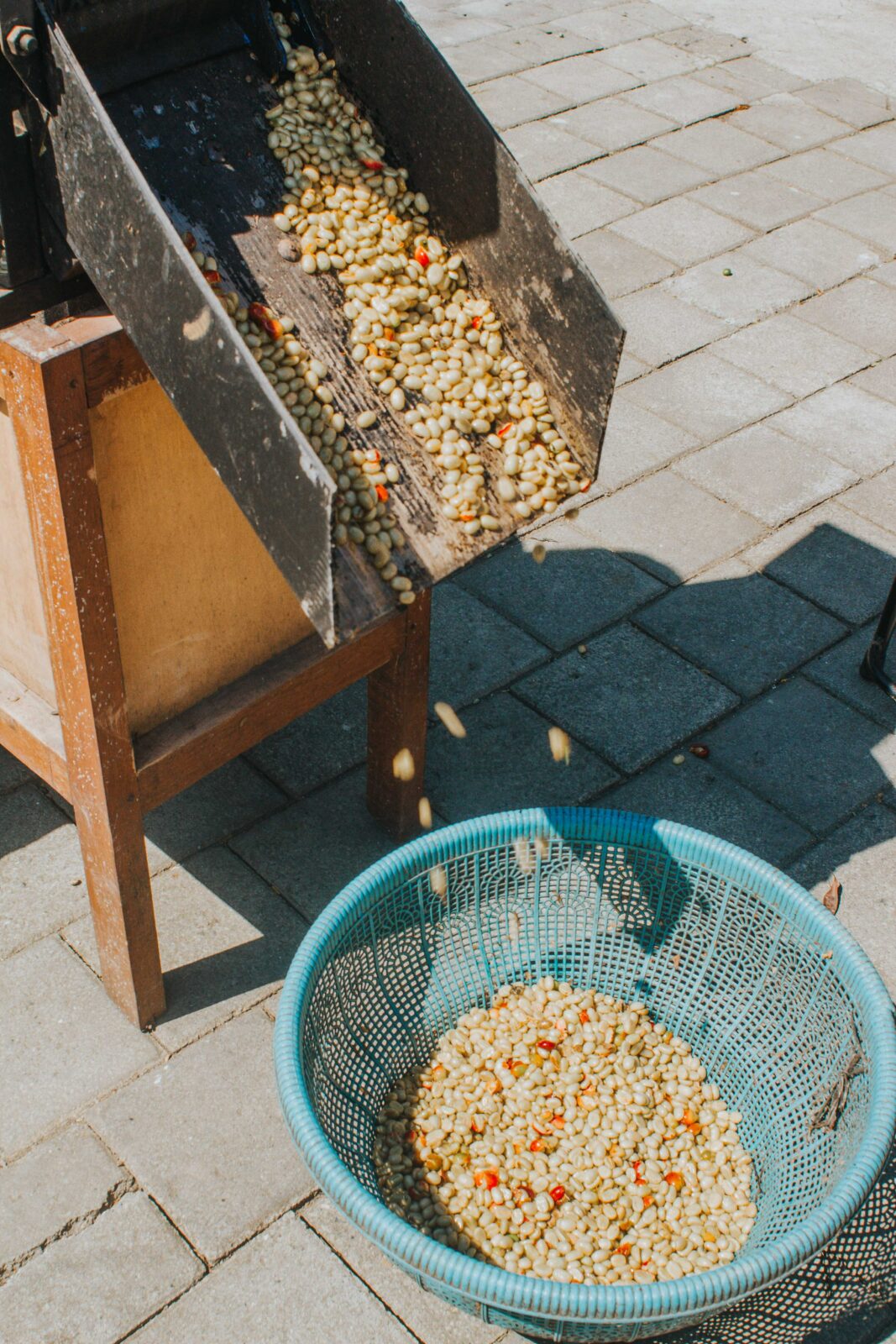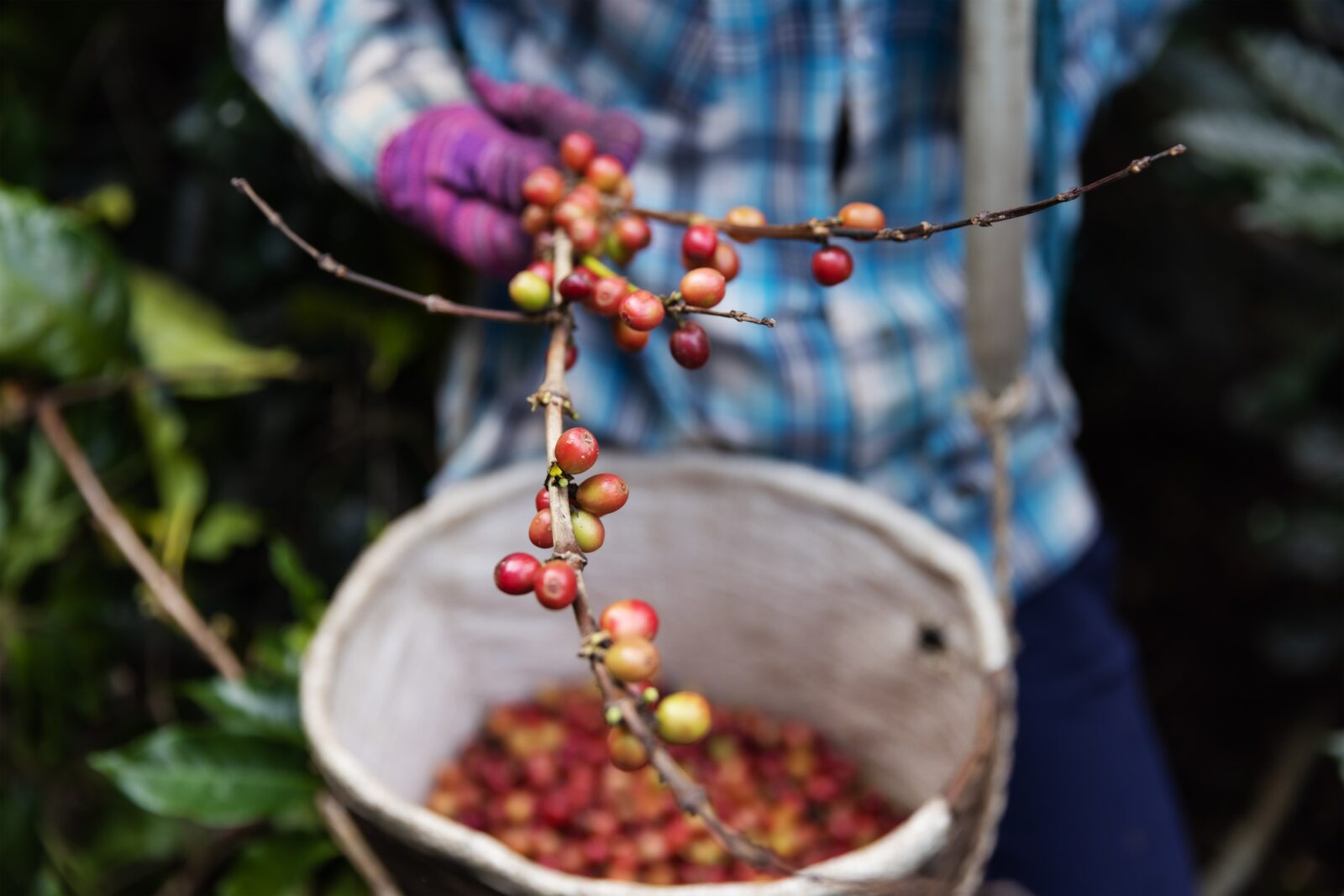Trust The Process
Washed Vs Natural Coffee Processing
To Wash or not to Wash? That Is The Question
We’re not talking about showers, we’ll have you know that our personal hygiene here at Stewarts is second to none. We’re talking beans, more specifically bean processing methods.
The coffee industry nowadays is awash (pardon the pun) with confounding jargon and baffling buzzwords. To simply appreciate a good brew is no longer enough to call yourself a coffee lover. You must be informed, advised, and enlightened. Dare ye not ask the difference between a Red-Eye and a Ristretto, or thou shalt be exiled from the community; forced to live out the rest of your days in the land of the instant coffee enjoyers.
We’re bringing things back to basics. At your service to journey through the labyrinth of jargon with you, vowing to demystify all of the idioms we encounter along the way. Starting right here, right now, with coffee processing.

The Starting Point
All coffee beans start their life as bright red or yellow coffee cherries, with factors such as country of origin and roast profile having an impact on the tasting notes of the final cup. Bean processing is another variable that has a significant impact on the flavours and aromas of your coffee. The term ‘processing’ refers to the removal of the layers surrounding the coffee bean. Each cherry consists of the seed (bean) and the pericarp. The pericarp is made of three layers: the peel, the pulp and the parchment. There are a lot of ‘p’s being thrown around here, and we’re practically positive you’ll be put off this whole article if we continue with our anatomy lecture for much longer… so we will swiftly move on.

Now I know what you’re thinking, this is all really boring and what the heck has it got to do with how my beans are processed? The answer is, an awful lot. In order to be roasted the bean must be ‘de-pulped’. De-pulping is the removal of the cherry’s pericarp (you know, the one with all the P’s we mentioned earlier). The pericarp must be removed prior to roasting, however, it is the stage they are removed that differentiates the two processes.
Au Natural
Natural processing involves placing the coffee cherries into a water tank, where under-ripe and over-ripe cherries are discarded. The remaining coffee cherries are placed in flat, raised beds and left out to dry under the sun. Coffee farmers regularly rake the cherries to ensure they dry evenly and that no mould or rot develops.

This process can take up to six weeks, depending on the climate. The natural method tends to work best in climates with high temperatures, and relatively low precipitation, like those of Eastern Africa.
Washful Thinking
The Washed process begins in the same way as natural processing, the over-ripe and under-ripe beans are sorted and discarded. Next, the remaining cherries are then loaded into a depulping machine which forces the beans out of the cherry. Once the beans have been pulped, they are stored in fermentation tanks for between 12 and 24 hours. Longer fermentations often mean sweeter, more complex beans, however, when left too long, they can develop unpleasant sour notes. Even the most experienced coffee farmer must tread carefully on this fine line for fear of ruining their crop!

Once fermented, beans are removed from the tank. They are left to dry on raised beds or patios. The beans sit on these beds from around 10 to 25 days. Much like natural beans they are turned regularly to stave off rot and decay. A slower drying time is preferred, as it leads to a greater balance and complexity of the cup.
All In Good Taste
Now you know how each process works. Now to establish what impact this has on the tasting notes of your coffee.
Natural processing leaves the peel, pulp, and parchment intact. The sugary, protein rich casing allows the beans to develop complex flavours through their fermentation. Natural processed coffees tend to be medium to full bodied. During fermentation microorganisms break down substances in the coffee cherry’s pulp. This results in a lower acidity and a sweetness to the final cup. The bean’s prolonged exposure to the complex sugars in the cherry pulp gives a winey, deep fruity flavour. Some varieties of natural beans are even known to bring caramel sweetness and even chocolate notes to the cup!

Ironically, washed processing allows a bean’s natural flavour to shine through. The fermentation process sees enzymes initiate chemical changes within the bean. Unlike the natural process, there is no peel, pulp, or parchment involved in the fermentation. The lack of pericarp means there are fewer sugars and proteins for the microorganisms to break down. This leaves a much fresher, much more consistent flavour profile, as there are fewer variable factors in the process. By contrast to their natural counterparts, washed beans are not as sweet and have a more noticeable bite. Their acidity is often reminiscent of citrus fruits, with floral or fruity notes on the nose. Our Papua New Guinea Single-Origin is a great example of a well balanced, sweet and fruity washed bean.
Choose Your Fighter
You might have noticed that as a roastery we have a bias towards a washed bean. We love the reliable consistency of washed coffee, and much like many other specality roasters we believe that a decent acidity is an important aspect of a good cuppa. That is not to say we don’t indulge in a lovely natural bean once in a while! We’ve had some great natural coffees over the years, and we’re huge fans of our current coffee of the month from Bujumbura, Burundi. Although their tasting notes are very different, there is nothing to say you can’t enjoy a washed bean one week and a natural the next. By learning a litte about the science behind coffee processing, and what this means for your cup you’ll be much more informed, and know exactly what to look for when selecting your next bag of beans!

